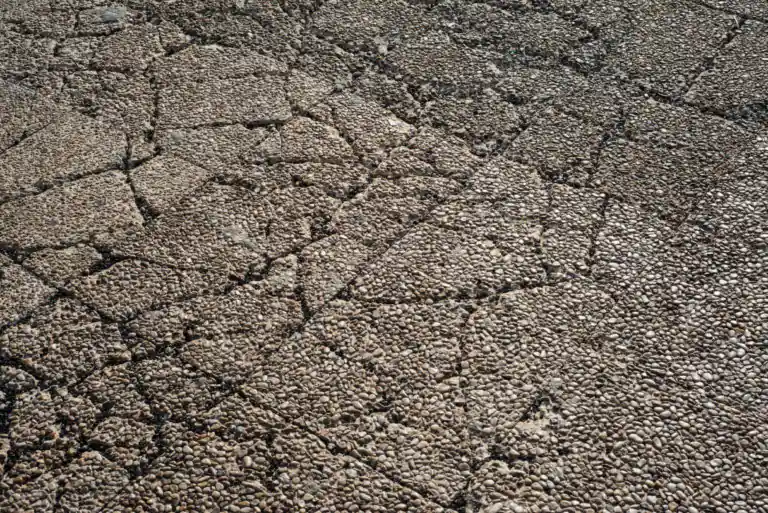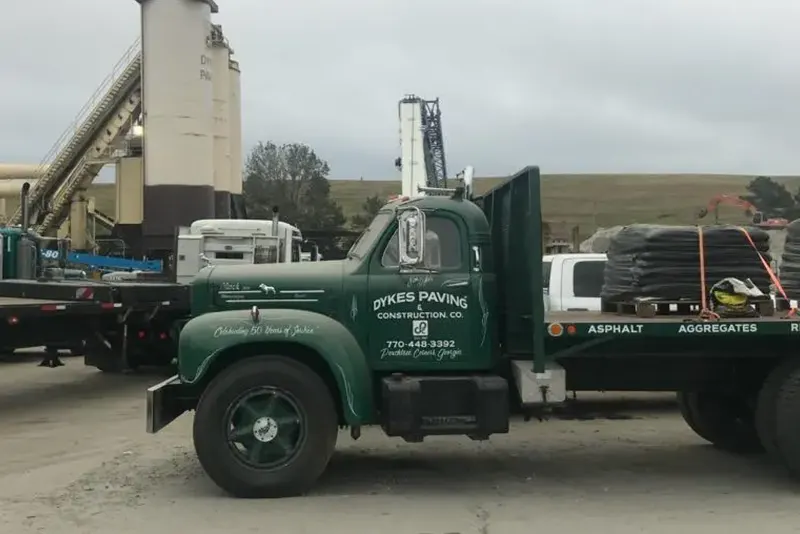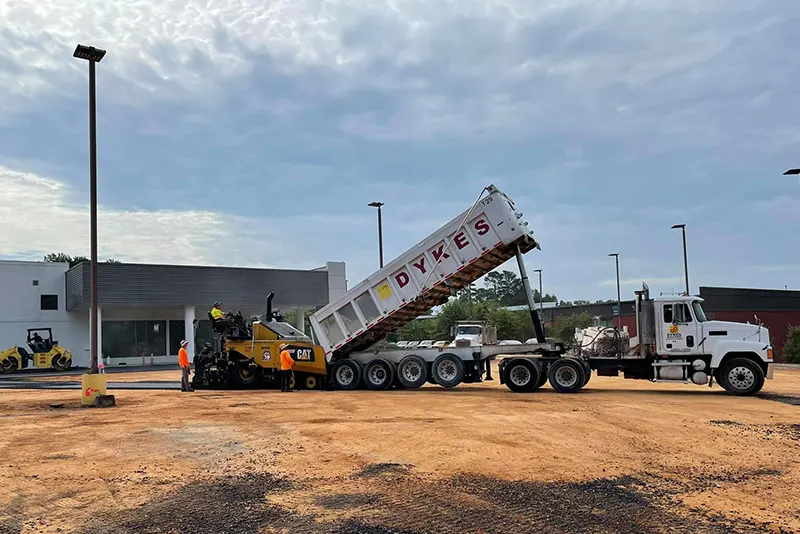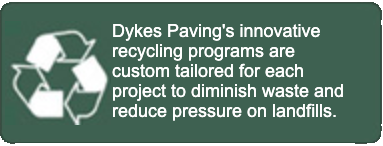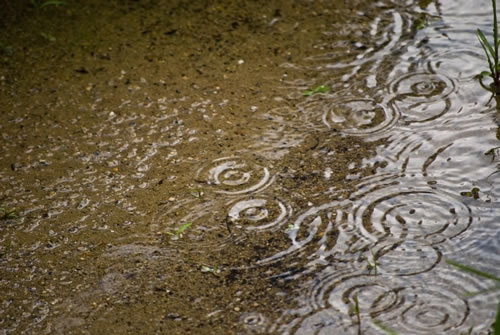
The world we live in today is radically different from the world of a few generations ago. As we continue to evolve, progress, and change, we need to look at the way we live in this world. The next time it rains, take a look outside your window. Where does all of that water go? It has to go somewhere, and as we build more and more sidewalks, driveways, roadways, and parking lots, the water has fewer porous outlets to allow it to seep back into the earth.
Thankfully, technology is progressing to meet some of the demands we place on our planet. One innovative option is something called “permeable paving.” This type of pavement is a modern, sustainable solution that can cut down on flooding.
What Is Permeable Paving?
Basically, any street or sidewalk made with permeable materials, like porous concrete or unit pavers, is a permeable pavement. It allows air and water to pass quickly and easily through it into the soil. This provides the opportunity for storm water storage and/or the soil to recharge its necessary supply of groundwater. Another benefit is that permeable pavement reduces the amount of pollutants that go into our water supply. While permeable pavement acts very differently to traditional pavement, it looks just like other paved surface.
Where Can Permeable Paving Be Used?
Small property owners can benefit from permeable paving, as well as neighborhood developers looking to attain LEED certification. This green option is a great way to minimize negative impacts on the planet from development, like flooding and storm water pollution. Permeable paving can be done on its own or in connection with other green enhancements, such as:
- Street trees
- Bioretention planters
- Sidewalk landscaping
In terms of location, permeable paving is appropriate for all street types. Here are some of the places where it works best:
- Sloped paving surface of 5 percent or less
- Sidewalks, driveways, park areas, shared streets, plazas, walking paths, bike paths, open parking lots
- Parking strips or gutters not used with traffic or bus stops
- Streets that do not experience high traffic
Where Can’t It Be Used?
There are still some places, however, where its use is less than ideal. These include:
- Hillsides with a slope greater than 20 percent
- Traffic lanes that experience heavy congestion
- Areas that have a history of shallow groundwater contamination
- An place that is subject to chemical spillage, or where businesses such as gas stations, car washes or auto repairs shops are located
- Streets with a history of combined sewer overflows unless as part of a project aimed at eliminating such overflows
- Areas with shallow groundwater or seasonal high groundwater (less than 4 feet) if receiving run-on (storm water runoff from adjacent areas)
- Within 20 feet of sub-sidewalk basements if receiving runoff
- Within 50 feet of domestic water wells if receiving runoff
How is Permeable Paving Designed?
It is necessary to determine soil conditions in the area where permeable paving is to be installed. These conditions include percolation rate and infiltration capabilities, depth to the water table, depth to bedrock, and soil contamination. When the project is being designed, there are some common materials for the paving surface to consider:
- Permeable hot-mix asphalt, typically 2.5 inches deep
- Permeable concrete, which is similar to standard concrete but lacking items such as sand, typically 4 to 8 inches deep
- Interlocking block pavers
How is Permeable Paving Maintained?
Just like most everything else, this special type of pavement requires some periodic maintenance. Once or twice a year vacuuming, or sweeping, (depending on the size of the area) should be performed when the sediments are dry. The pavement should also be tested yearly to determine if it is clogged in any way. Broken or damaged pavement must be fixed or replaced.
If you are interested in enhancing your neighborhood with permeable paving, or if you are concerned about flooding from a proposed development, consider permeable pavement. It is a great solution to help out the planet right outside your door.

